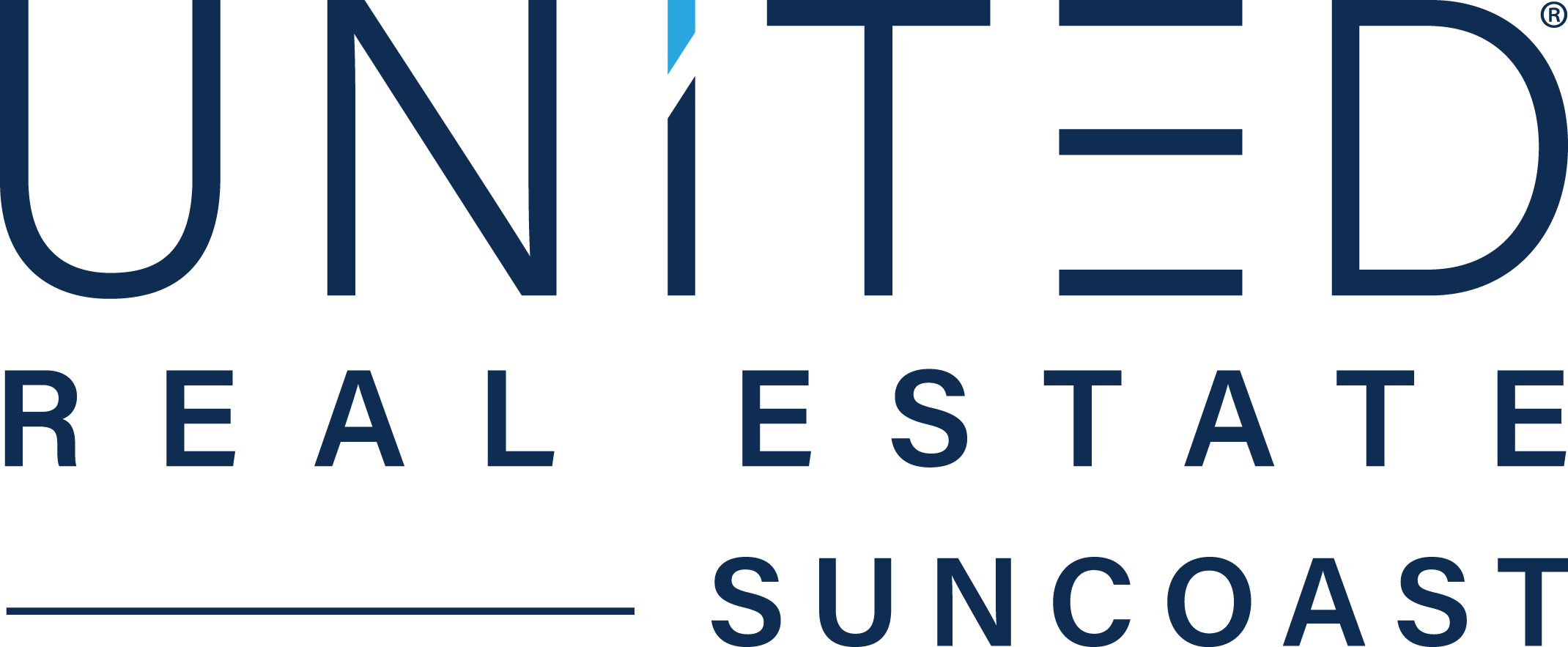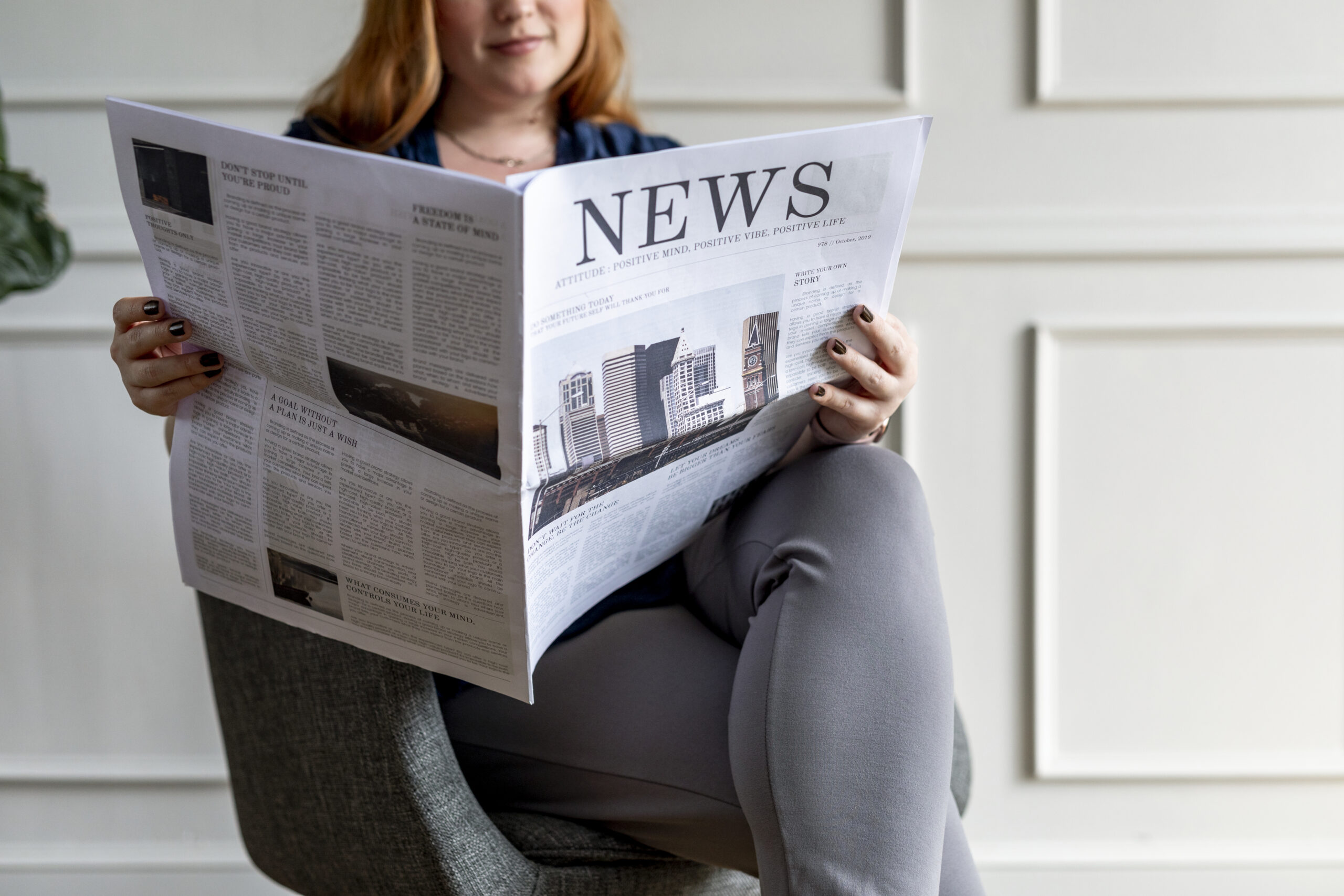TAMPA, Fla. — If you’re feeling mentally drained before your workday even begins, you’re not alone. A growing number of Americans – especially young professionals – are reporting signs of digital burnout, and experts say it often starts the moment we wake up.
“Most people think digital detoxes require unplugging for days, which just isn’t realistic,” said Neal Taparia, founder of Unwind Media and the gaming platform 1000 Mines. “But I’ve found that a simple shift in your morning routine can make a massive difference.”
Taparia, a digital wellness advocate whose games have been played more than 2 billion times, is championing a technique he calls the “No-Input Power Hour.” The idea is straightforward: spend the first hour of your day completely screen-free – no email, no news, no phone, no Slack.
Instead, that time is used for “output-only” work, like brainstorming, writing, problem-solving or planning.
“When you check emails first thing, your brain immediately shifts into reactive mode,” Taparia said. “The No-Input Power Hour puts you in control and protects your best thinking time.”
Combating digital fatigue, one morning at a time
Digital fatigue is increasingly being viewed as a workplace epidemic. In a recent report by research firm Human8, 73% of Gen Z workers said they feel digitally exhausted. And the issue is spreading across age groups, as remote work and around-the-clock availability become the norm.
Taparia says that what makes his technique unique is its practicality. It doesn’t require a tech-free lifestyle, just a brief boundary at the start of each day.
How to try the “No-Input Power Hour”
Taparia offers these five steps for building the habit:
• Prep the night before: Print out notes, set out a notebook, or plan your tasks ahead of time.
• Create physical boundaries: Leave your phone in another room or use a time-lock container.
• Communicate your availability: Let coworkers know you’re unavailable for the first hour.
• Start with intention: Write down what you want to achieve in that hour to stay focused.
• Build up slowly: Start with 30 minutes if needed and gradually work your way up.
“You don’t need to be perfect,” Taparia said. “The key is consistency.”
Why it works
Taparia has implemented the technique with his own team and says the benefits are measurable: less anxiety, clearer thinking and stronger work performance.
“This single hour of focused, screen-free work often produces more than an entire afternoon of distracted multitasking,” he said.
One of his employees, Taparia noted, reported significantly less anxiety and more control over his day after just two weeks of adopting the technique.
“The professionals who will thrive moving forward,” Taparia said, “aren’t the ones who can tolerate the most screen time. They’re the ones who know when to log off – strategically.”
Copyright © 2025 WFLA, Nexstar Broadcasting, Inc. All rights reserved.


